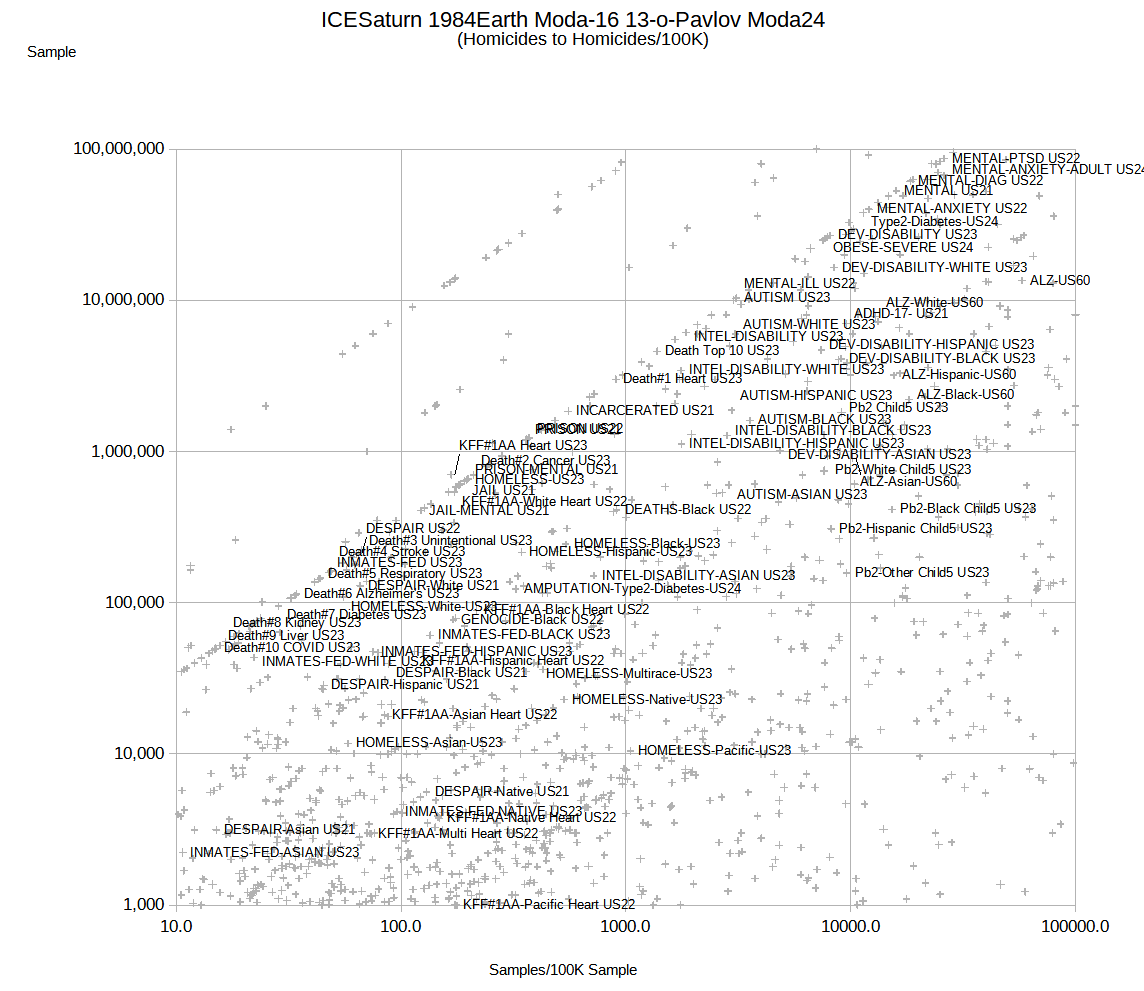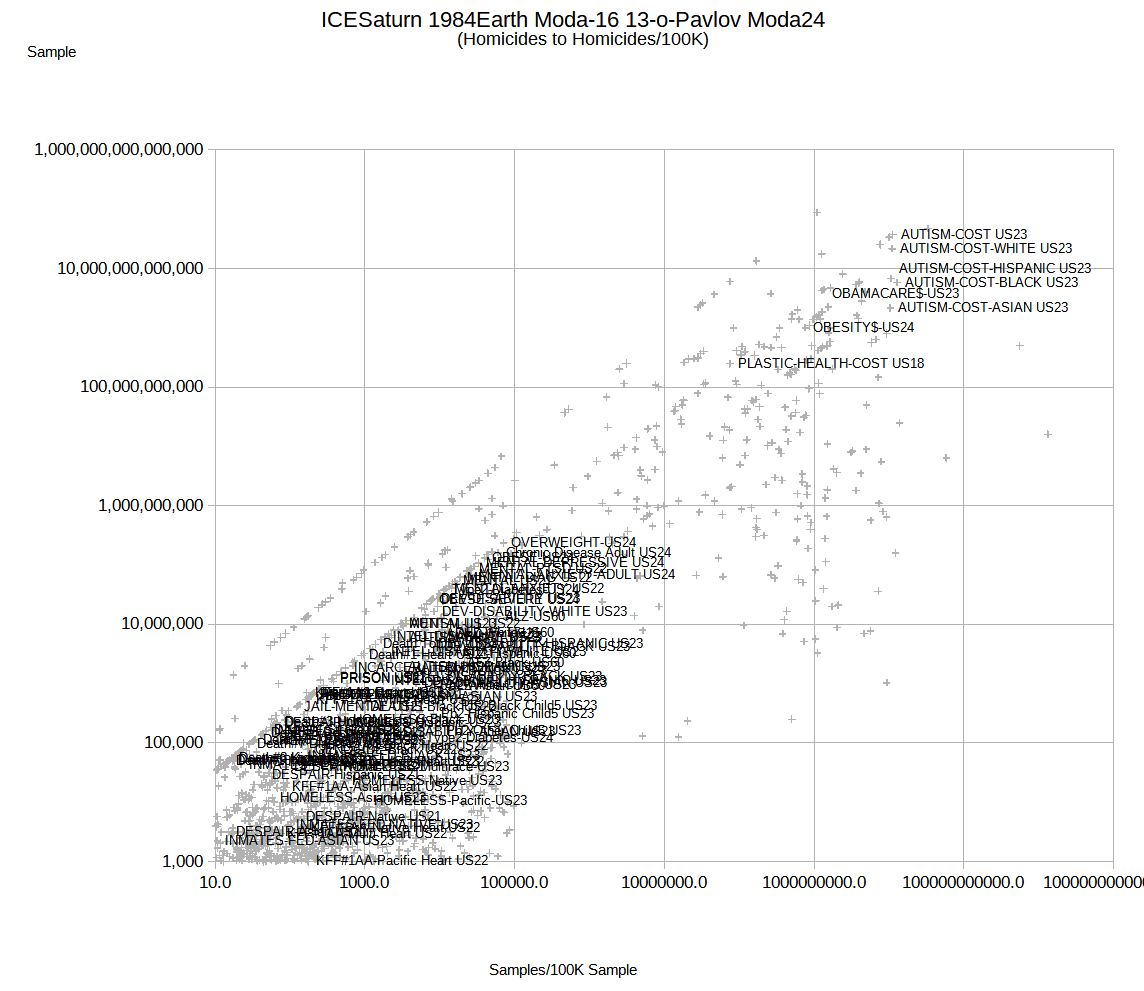

Both ‘heavy metals’ and misinformation are widespread pollutants. Unfortunately, cleaning up the information environment has proved perhaps more difficult than cleaning up the actual environment. We know how to minimize lead contamination in our homes and pipes, for instance, but ideas can prove intractable. Despite decades of research debunking common misconceptions about vaccines, toxic elements, and autism, harmful misunderstandings persist. To understand the truth, it’s important to look beyond the surface, and dig into the science.
Are ‘heavy metals’ dangerous? Yes, but not everything you’ve heard is true.
Science doesn't support ideas about vaccines and autism.
Posted Yesterday
This story is part of Popular Science’s Ask Us Anything series, where we answer your most outlandish, mind-burning questions, from the ordinary to the off-the-wall. Have something you’ve always wanted to know? Ask us.
The first thing to know is that “heavy metal” is something of a misnomer. Scientists disagree about how to define the term and its utility. In theory, a heavy metal should be a metallic element that has a relatively high density or weight. But in practice, ‘heavy metal’ is often used to refer to a subset of metals and metalloids with harmful effects on human health. Yet multiple essential nutrients (e.g. iron, copper, and zinc) could be considered part of the same group by periodic property, and literal heaviness dictates nothing inherent about a material’s toxicity.
“I prefer to use the term elements,” says Manish Arora, a professor and vice chairman of environmental medicine and climate science at the Mount Sinai School of Medicine in New York City. Arora considers elements in three categories: those that are essential for our physiology in small quantities, those that are neither needed nor necessarily harmful, and those that are toxic without offering any health benefits.
There’s additional complexity within those categorizations. For instance even some essential elements (like iron) can become harmful in excess. But when people talk about “heavy metals” they’re often thinking of the group number three–including things like lead, arsenic, cadmium, and mercury, says Kelly Bakulski, an associate professor of epidemiology at the University of Michigan, where she studies the influence of environment and genetics on neurological disorders.
What are the health risks?
Exposure to each of these elements has been linked to varied health harms, with increased exposure carrying increased risk. Arsenic, for instance, is a known carcinogen, associated with bladder and lung cancers, says Bakulski. It’s also known to cause skin lesions, raise risk of heart problems, and is associated with developmental disorders in childhood, according to the World Health Organization. Cadmium, too, is a notorious carcinogen. Mercury is linked with cognitive problems such as insomnia, tremors, and memory loss. Lead exposure brings a litany of neurological and systemic risks. In utero and in children, it can lead to lifetime cognitive impairments and behavioral difficulties. In adults, lead exposure can cause vascular problems, says Bakulski, and early research from her lab indicates it may play a role in dementia and Alzheimer’s development as well.
[ Related: What science actually says about seed oils ]
Route of exposure can change the health risk and severity of effects of an environmental exposure, says Arora. Even something like manganese, which is an essential nutrient in small, ingested quantities, can be dangerous when inhaled. Welders who don’t wear the proper safety equipment or work in unsafe conditions, he notes, can develop manganism, a disorder with symptoms similar to Parkinson’s. And combinations of elements can exacerbate risk. Lead and excess manganese exposure together is more toxic than either element alone, he adds.
Finally, chemical form is a key factor in risk. Some compounds containing these elements are toxic, while others are benign in small doses, as they’re more readily excreted. An example of this would be ethylmercury, which is a mercury-containing compound that’s broken down and passed much quicker than methylmercury, the compound that bioaccumulates in seafood and human bodies. The thimerosal preservative present in some vaccines is metabolized into ethylmercury, and so does not carry the same risk as toxic methylmercury.
What are common sources of ‘heavy metals’? How are we exposed?
Each of these elements is, broadly speaking, rare or diffuse in the natural environment. But in many cases, human activity and pollution has made environmental exposure more common. And, in certain places, geology and geography mean these compounds exist in higher background concentrations to begin with, says Bukalski.
Humans are in contact with a mix of pollutants in our day-to-day lives, says Arora. “We encounter a soup of exposures. Nobody gets exposed to just one thing,” he adds. You might inhale, ingest, or absorb a variety of toxic elements via the air, water, food, smoke, or a tainted skincare product.
For decades, lead was added to gasoline, distributing lead particles into the air and soil through car exhaust. Now industrial pollution is the leading source of lead air emissions. In old houses, dust usually contains lead because of the layers of lead paint on the walls. Flint, Michigan became the poster city for the all-too-common problem of lead leaching into drinking water via a devastating combination of water chemistry and old infrastructure. Certain foods can be a significant dietary source of mercury, cadmium, or arsenic (seafood for mercury, rice and other grains for the latter two). Arsenic can also be present in drinking water, depending on region. Tobacco smoke–both first- and second-hand–is a significant source of cadmium exposure, says Bakulski, as tobacco sequesters cadmium from the soil as it grows.
https://www.popsci.com/science/heavy-metals-autism/?utm_source=firefox-newtab-en-us

Comments